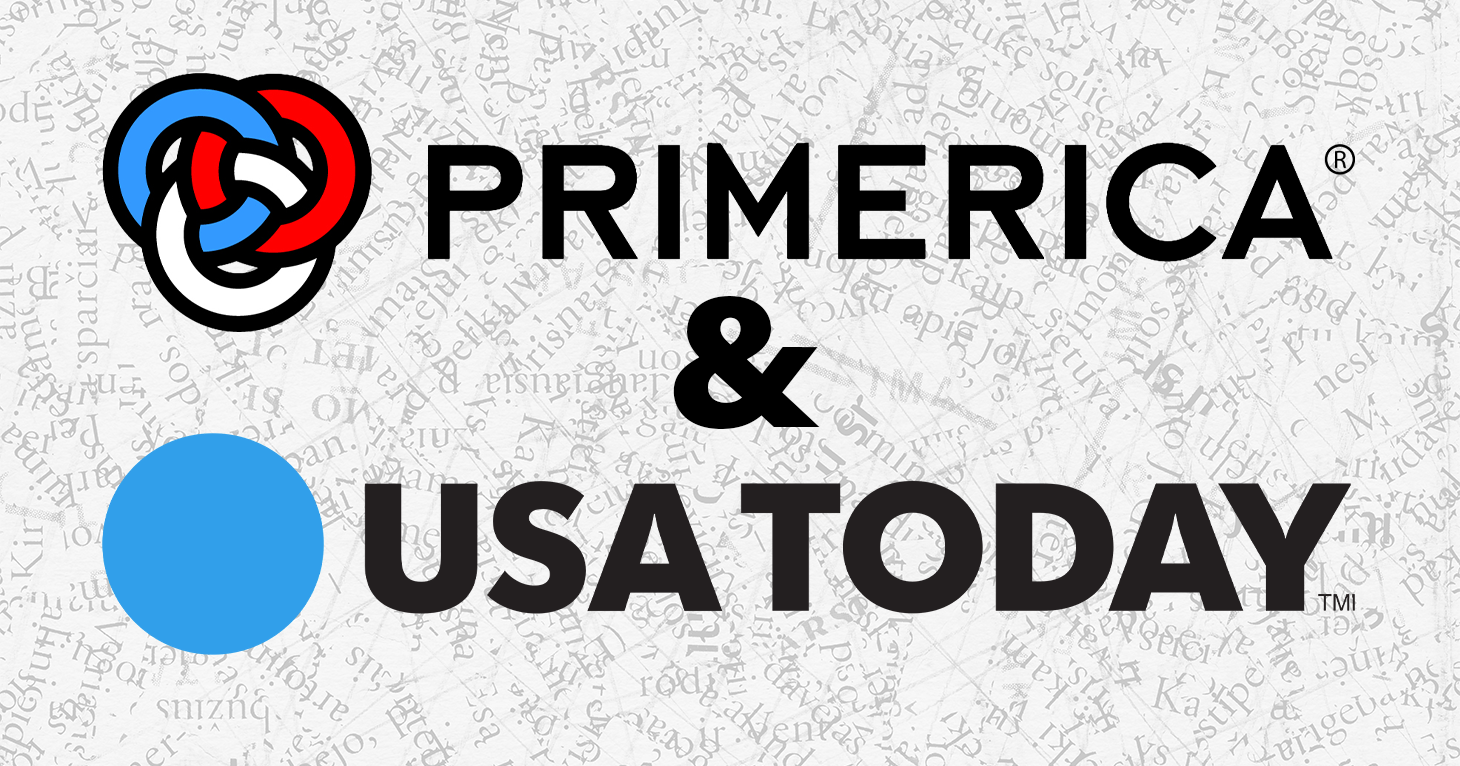
Ad or Not? ESPN’s Star Wars-Themed Baseball Telecast
“May the fourth” of distinguishing between organic content and paid advertising be with you.
'Health news segment' seems a lot like advertising.
Local news anchors have endeared themselves to the American public. Some of that may be a result of their tendency to slip up from time to time (see News Bloopers). But we trust them to tell us the news. But what happens when the thing they’re reading off the teleprompter isn’t news, despite being packaged as such?
In August 2016, WPIX 11 New York aired a “health news segment” about a form of cancer treatment called immunotherapy and “how it gave one man his life back.” (See above; we’ll tell you why the piece is relevant in 2018 in a minute.) News anchors began the segment talking about the “big promise” behind this “groundbreaking” approach to fighting cancer — which they said is “designed to boost the body’s natural defenses to battle the disease” — billing immunotherapy as an alternative to conventional treatments like chemotherapy and radiation. But the segment focused solely on one cancer center and its specific role in advancing the treatment: Memorial Sloan Kettering. That’s where Robert Greenblatt, an 81-year-old stage 4 melanoma cancer patient, went for his immunotherapy and that’s where he got his life back.
There are signs of this being One Big Ad for Memorial Sloan Kettering, even as it appears to be part of the normal news broadcast. At the start of the segment, before the camera cuts to the anchor desk, a voiceover states: “This health news segment is brought to you by Memorial Sloan Kettering, advancing cancer research, treatment and care.” Then there’s the chyron that pops up on the screen toward the end of the piece informing viewers that “Memorial Sloan Kettering Is A PIX11 Advertiser.” So that would seem to seal the deal. The thing is that Memorial Sloan Kettering isn’t readily disclosed as an advertiser until after Greenblatt’s survivor story is told, at which point viewers may have already flipped the channel. Thus, viewers are left with the impression that what they watched was a bona fide “news” story about how a man beat an aggressive skin cancer thanks to an innovative treatment offered at a particular cancer center.
This is a problem because, as Greenblatt’s Memorial Sloan Kettering doctor acknowledges in the segment, immunotherapy does not work for everyone. In fact, when the cancer center shared a link to the PIX 11 piece on its Facebook page two years ago, it noted how Greenblatt was “one of the lucky few who can be treated with immunotherapy.” Unfortunately, Memorial Sloan Kettering left out the part about all the potential risks of immunotherapy, and that stage 4 melanoma cancer patients have a five-year survival rate of 22.5 percent. And here’s where we (finally) get to why this segment is relevant today.
This week, TINA.org published the findings of a yearlong investigation into the marketing of the top ad spending cancer centers in the country. Memorial Sloan Kettering, a nonprofit, came in at number three, spending more than $11 million on advertising in 2017. The Facebook post? One of more than two dozen testimonials in Memorial Sloan Kettering’s marketing materials TINA.org flagged for the deceptive promotion of atypical results.
TINA.org reached out to Memorial Sloan Kettering, which it has put on notice for the deceptive promotion of atypical results, for comment on the health news segment. Check back for updates.
Read more about TINA.org’s investigation here.
“May the fourth” of distinguishing between organic content and paid advertising be with you.
Company tweet muddies sponsored content.
“They’re saving Detroit,” said the Oscar-winning director in an acceptance speech last night.

